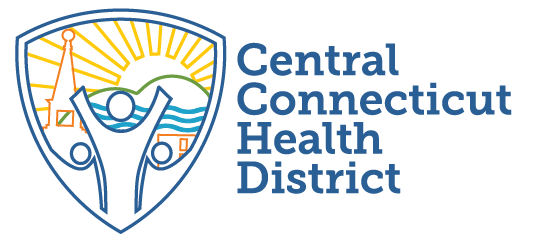To contact our recovery coach
Karen
call / text:
959 - 256 - 9504
To contact our recovery coach
Andres
call / text:
860- 249- 9630
or complete the online form below
To contact our clinical director, Lisa Coakley, MSN, RN, please email lcoakley@ccthd.org or call / text:












